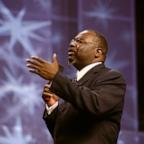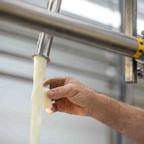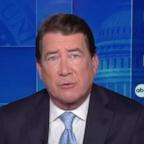How to evaluate the debate like a pro
In the aftermath of a debate, it can be hard to figure out the actual impact of a viral moment or heated exchange. Here are some data-driven approaches that can help cut through the noise:
First, ignore “instant polls” that ask questions only among people who watched the debate. That group is not likely to represent the feelings of the broader population. Instead, look for post-debate polls — (like ours with Ipsos and the Washington Post) — that ask questions among the same group of Americans both pre- and post-debate.
Second, in the days following the debate, look at data that captures attention to candidates, such as trends in search results or media coverage, to determine which candidate made the biggest splash. Media attention is crucial for candidates who aren’t well known to gain traction in the polls and with donors.
Finally, look for changes in horse-race polls in the week or two after the debate. There is a lot of noise in primary polls (especially this time around) and it can take some time for changes in public opinion to be reflected in our polling average.
The big thing to remember is that what’s important to journalists and television pundits may not be what’s important to the public, and we have to wait for pollsters to ask them how they feel.
-Analysis by G. Elliott Morris of FiveThirtyEight






